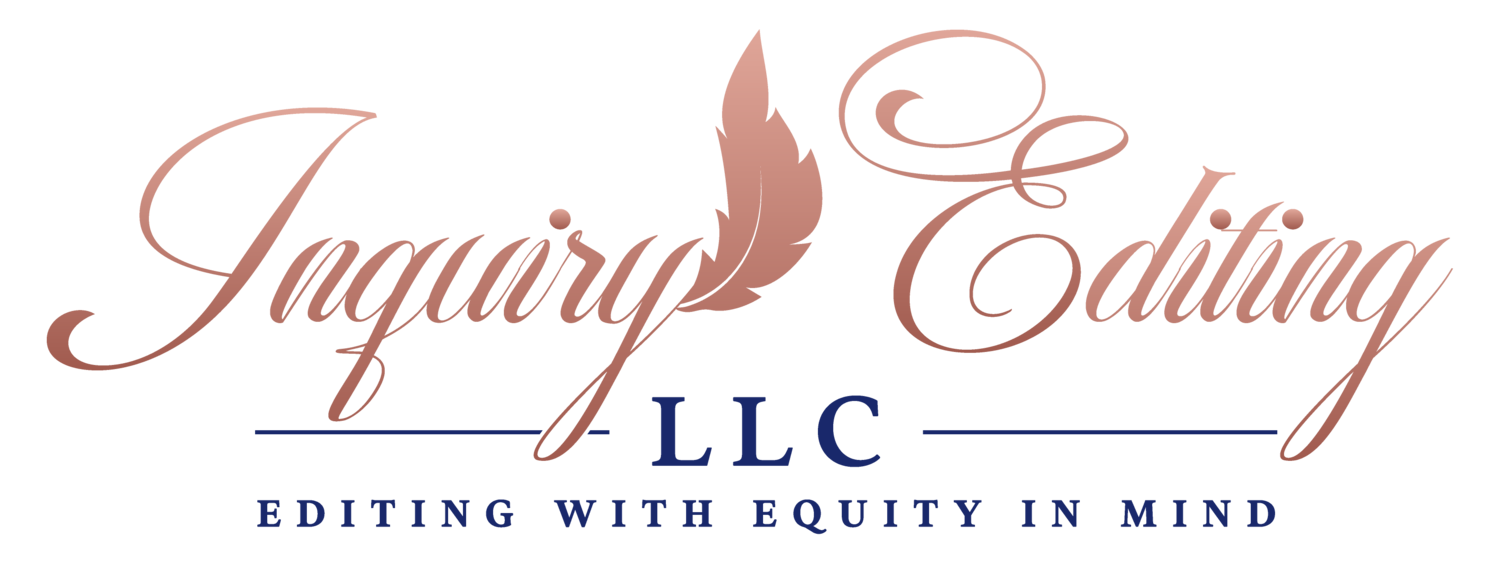Inspiration - Drag Queens
I don’t really believe in inspiration when it comes to writing. Don’t get me wrong, I believe in the existence of inspiration and its utility. With regard to writing, consistency is so much more important to me after being inspired. Yet, inspiration hovers around helping us begin, continue, or end projects. So, I want to spend a few weeks talking about taking inspiration from other art forms.
This week, we’re going to talk about drag. I understand drag as high art. Whether it is couture, camp, or club, it is an opportunity for the performer to feel a fantasy. Culturally speaking, drag includes a community of people who perform together, draw inspiration from each other, and, sometimes, understand each other as family.
Most people’s exposure to drag comes through RuPaul’s multi-national television phenomenon Drag Race. I wish I could say I had a more extensive knowledge than the edu-taint-ment offered by the program because drag is so much more than what we see on Drag Race. In fact, Drag Race itself is a commercialized version of the art form that leaves out and must, by necessity, erase aspects of drag culture that go against the competition and the presumptive straight audience. There was a point where Drag Race started catering to a straight gaze and, as a result, some of the glimpses into queer culture for queer people are lost.
What I find fascinating is the idea of a persona. Drag makeover episodes usually ask the new drag queen to become her alter ego, to emphasize aspects of her personality in which she seldom taps, to transform with the power of clothing and make-up.
In writing, we may need to adopt personae as well. The most powerful example I can think of is Patricia Smith’s persona poem about a skinhead (performed on Def Poetry Jam). She performs the internal monologue of a white supremacist doing apologia for his cause. Her performance always gives me a frisson of discomfort. One of the more mundane examples in writing is that I must write as though I am absolutely sure of what I am saying. (To be fair, I also take on judicious personae, sardonic personae, resistant personae.) Sometimes, this isn’t much of a stretch. Other times, I need to put on a mask of confidence. Either way, I am performing a different version of myself. Whereas my public presentation, my Q&A persona may be more tentative in her delivery, my writing can be more strident.
One of the more endearing portions of Drag Race and, actually, Paris is Burning (1990), is when you watch performers own their strengths. I should be clear. I have deep and abiding opinions about many Drag Race contestants and what their strengths are. Sometimes, I disagree with a contestant about what exactly those strengths are. Despite that, I do love to see a queen fully embrace aspects of themself or the persona. For instance, the biggest transformation in confidence was Katya. When she appeared on season seven, she seemed to have no idea about what strengths she had. When she appeared on her season of All Stars, she was able to take full advantage of her identity as a campy, comedy queen with a great sense of style. (It did not hurt that she had more money to create great style.)
The beauty of crafting a persona is that it doesn’t have to feel entirely real. You can see Katya’s own surprise when she speaks to her mother during the makeover episode. I don’t often feel as sure as my writing persona seems. I don’t often feel as tentative as my Q&A hostess persona does. The performance of the thing is enough at that stage to get me to where I need to be.
What do you want to perform in your writing?
